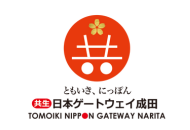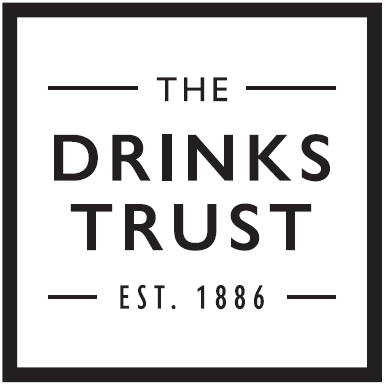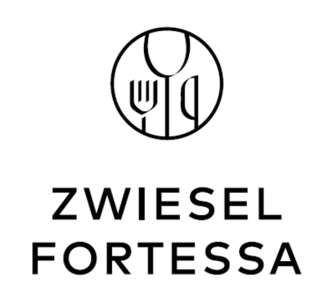As a freelance wine expert, I have a number of different clients but one of my favourites is a company that organizes B2B events, usually for tech businesses. When helping to host these – which I do with some regularity - I am repeatedly fascinated by how language and nuance differ across sectors, allowing professionals in the same industry to communicate with ease, using 'jargon' words, that, as a tech outsider, I little understand.
But there they all are, passionately engaged and nodding along and every time, I find myself thinking: it's just like wine. It's like there's this secret language that once learned, becomes easy to use - but at first, it can be baffling and intimidating. And it's so easy to forget what it was actually like being at the start of your own wine journey and knowing next to nothing or not very much. I went into the wine trade 30 years ago next year, straight from Uni, and I knew absolutely nothing - I don't think I even understood that different grape varieties are the key to how wine tastes.
But when co-hosting an Instagram Live recently I was asked to explain 'tannin' and also to confirm whether or not when I said that a wine tastes of strawberries, does that actually mean there are strawberries in the wine – the lady was allergic, so understandably keen to know what that meant. And every time I get asked these sorts of questions, it is a stark reminder that there are so many different consumers enjoying wine around the country – and indeed the world - and how varied their interest and knowledge can be - and how important it is to engage with those just starting out.
Nowadays, being an old hat at wine judging, tasting and writing tasting notes, it's easy to get carried away using esoteric, purple prose to describe the liquid swirling around our glass – certainly for more wine-savvy and involved consumers - but it is also helpful to go back to basics. This is one of the reasons I created my visual infographic, The Wine Flavour Tree; a graphic-led educational tool to better help those new to wine understand some of the different flavour categories found in wines made from popular grape varieties. Its purpose is to strip away complex language and focus purely on flavour.
As you look at the infographic, the Tree is divided into two, with 20 flavours typically found in white wines displayed on the left-hand side of the Tree and 20 typically found in red, shown on the right. These are then organised across five branches on each side of the Tree and grouped by shared flavour characteristics. Branch names include things like Green Fruits & amp; Grass (think Sauvignon and Bacchus) or Berries & Chocolate (Merlot and Tempranillo). The weight and structure of the wines increase the further up the infographic you go so the top two branches are for aromatic, off-dry whites and big, rich, full-bodied reds.
Visual tools I think are particularly helpful for those just starting out in wine as you don't even need to have any 'wine' language to hand – anyone can understand that a lemon has a different taste and structure to a peach – zingy and fresh vs juicy and bouncy. These flavours can then be linked to specific varieties and used to try to identify not just the flavours in the glass but also bottles on the shelf or even on a wine list. I believe passionately in the importance and power of education when it comes to wine and wine enjoyment and helping to simplify wine, to take away some of the noise and confusion surrounding it, is no bad thing. Oh, and watch this space – there's a Fizz Flavour Tree coming soon!
Sam Caporn MW is an IWC Co-Chair, creator of The Wine Flavour Tree and of the book based on the infographic - The Wine Flavour Guide, published by Penguin Random House in September 2024.

Flavour Tree
Sam Caporn MW reflects on the power of language in both tech and wine - and wonders if her Flavour Tree might be the key to vinous demystification.
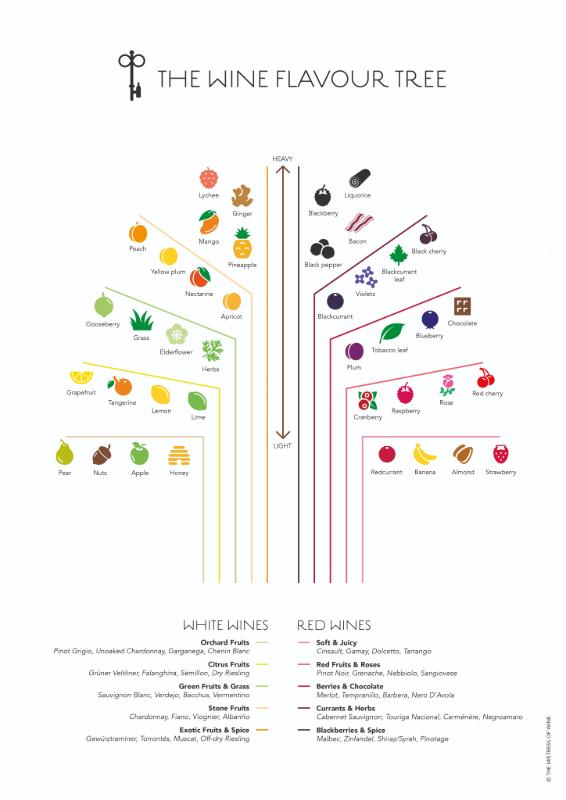
Wine Flavour Tree





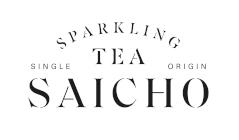




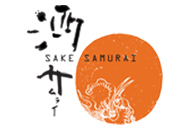
.png)
